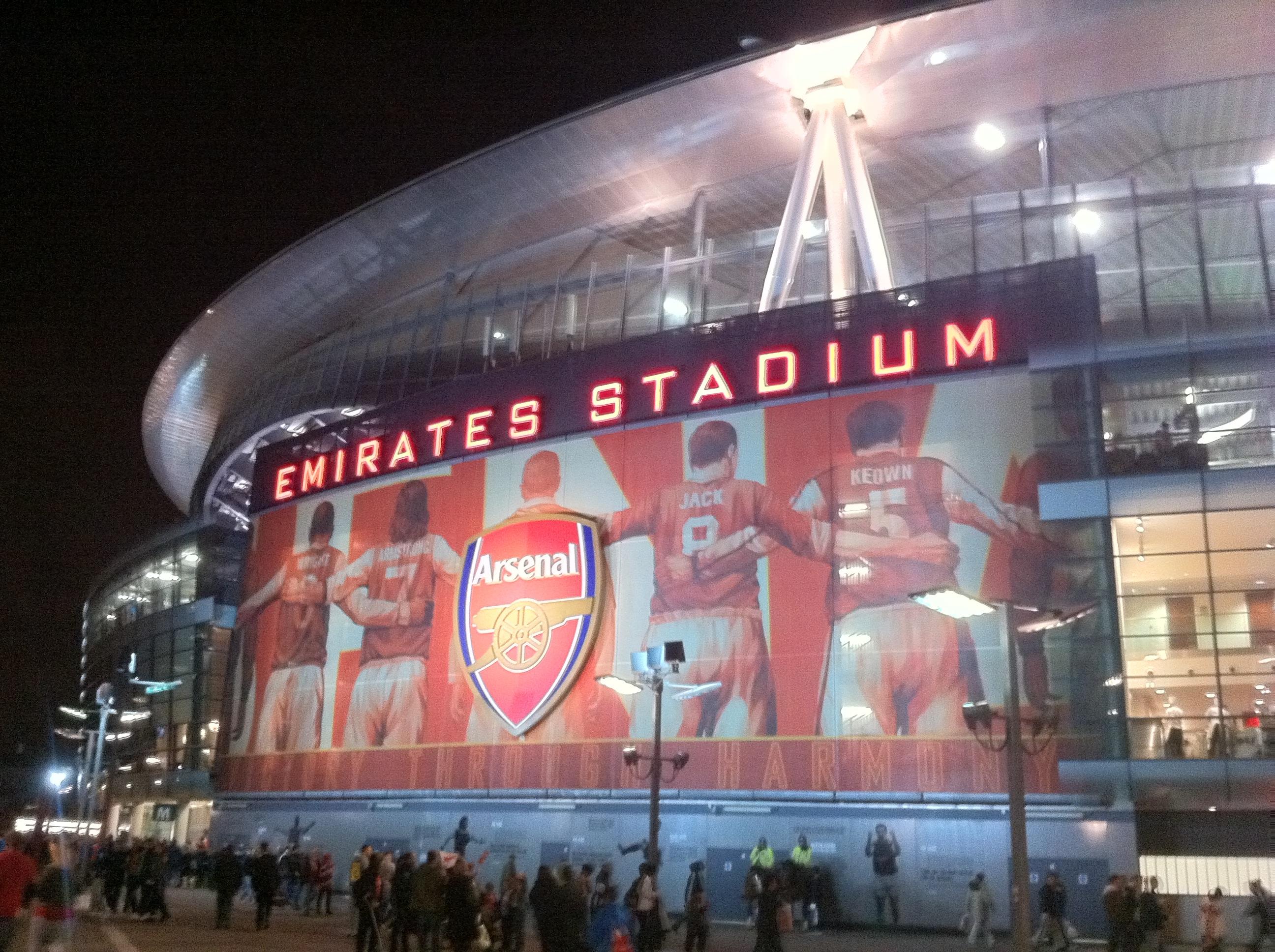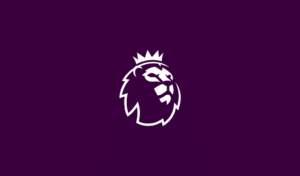 While most of the numbers were leaked last week, Arsenal‘s financial results make interesting reading.
While most of the numbers were leaked last week, Arsenal‘s financial results make interesting reading.
Here are some of the highliights:
- Group profit before tax was £49.5 million (2010 – loss of £6.1 million)
- Profit on sale of player registrations amounted to £63.0 million (2010 – £4.0 million)
- £74.7 million of investment in new players and extended contracts pushed amortisation charges up to £17.3 million (2010 – £10.1 million)
- The resulting profit from player trading was £46.1 million (2010 – loss of £5.9 million)
- Turnover from football rose to £113.5 million (2010 – £97.6 million) with increases from match-day (four additional games played) and commercial income streams
- Operating profits (before depreciation and player trading) from football increased to £15.2 million (2010 – £9.4 million)
- Period of minimal activity, as expected, in the property business with turnover of £3.2 million (2010 – £22.5 million) and operating profits of £0.5 million (2010 – £3.3 million)
- Group has no short-term debt and continues to have a solid financial platform from cash reserves of £115.2 million (2010 – £110.4 million).
The Arsenal spin on the result from Peter Hill-Wood, non-executive Chairman:
“We are proud of Arsenal’s record and consistency over many seasons and have the foundations in place, at every level of the Club, to ensure we remain a force in the seasons ahead.”
The areas of concern:
- Arsenal made a pre-tax profit of £49.5 million. That profit was generated from the sale of Fabregas and Nasri as Arsenal’s profit from the sale of players was £46.1 million. So without the selling players, Arsenal’s would have broken even/made a small profit
- Arsenal’s debt somehow grew by £39 million to £137 million in the six months to Nov. 30. I cannot see any notation in the financial results as to why the debt increased almost 40%. Is it as a result of the Kroenke takeover?
- The cash balance of £115.2 million is an amount that is being banded about in the media as cash available for Arsene Wenger to buy new players. Not true, as not qualifying for the Champions League will cost the club £45-50 million.
- Player wages increased by £8.4 million in the six months due to the summer signings plus new contracts for current players. That is about a 10% increase. Sizeable but doable as Arsenal’s revenues increased by around 19% during the same time period.
Overall not bad numbers, but the profit in player trading covers a business that is dependent on Champions League football to survive. Without it, Arsenal will have to continue to sell players each year to generate cash as the board seems reluctant to invest outside funds in the club.
This post originally appeared on our Arsenal blog


